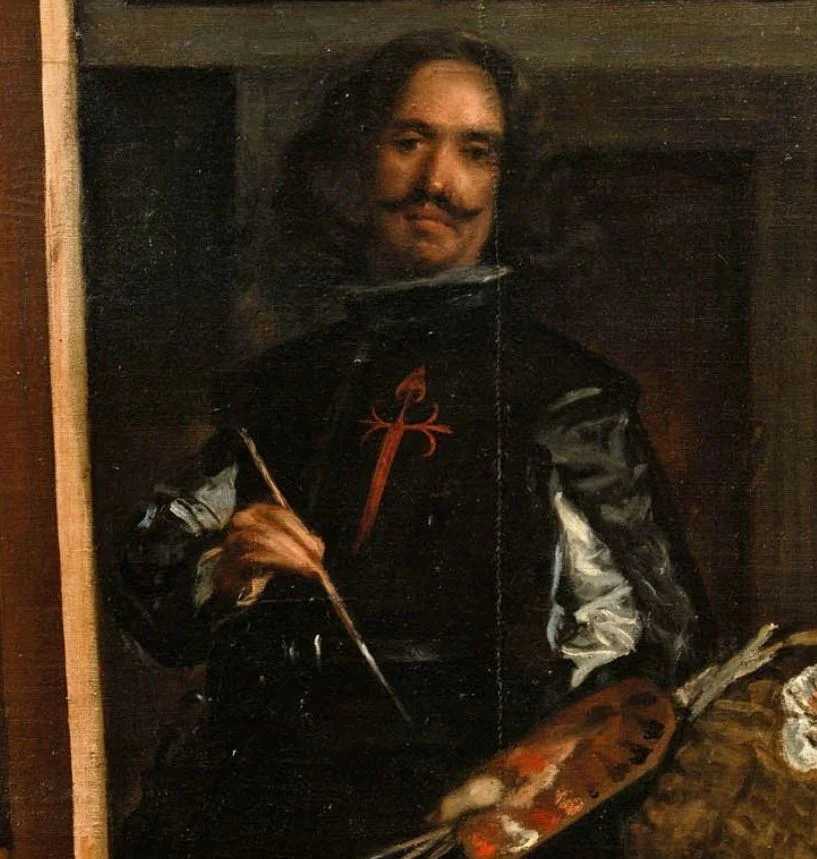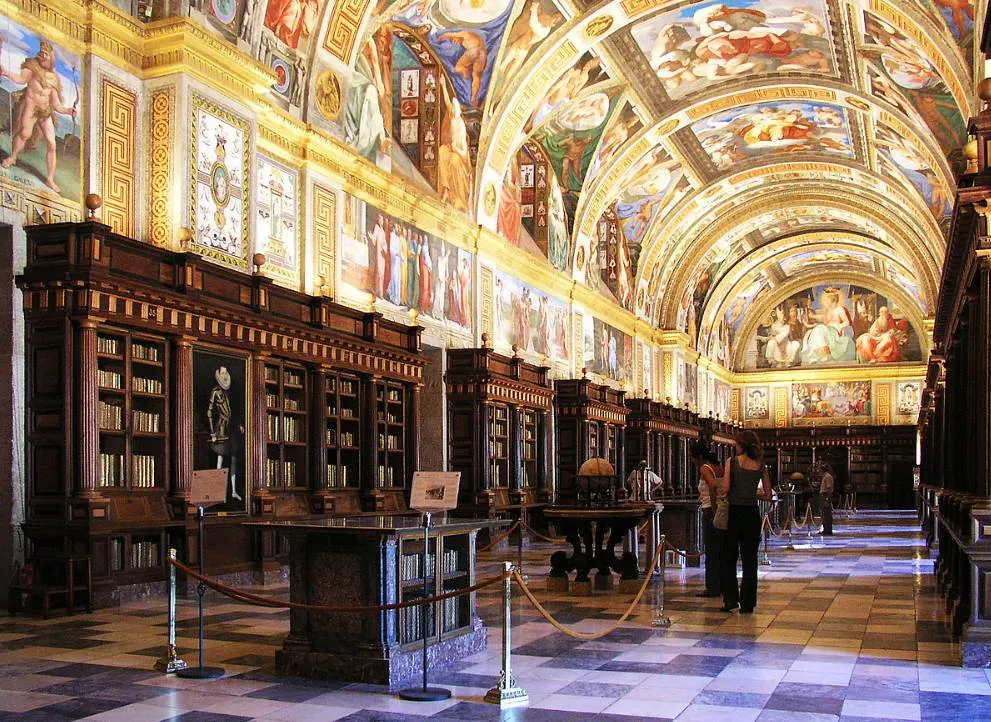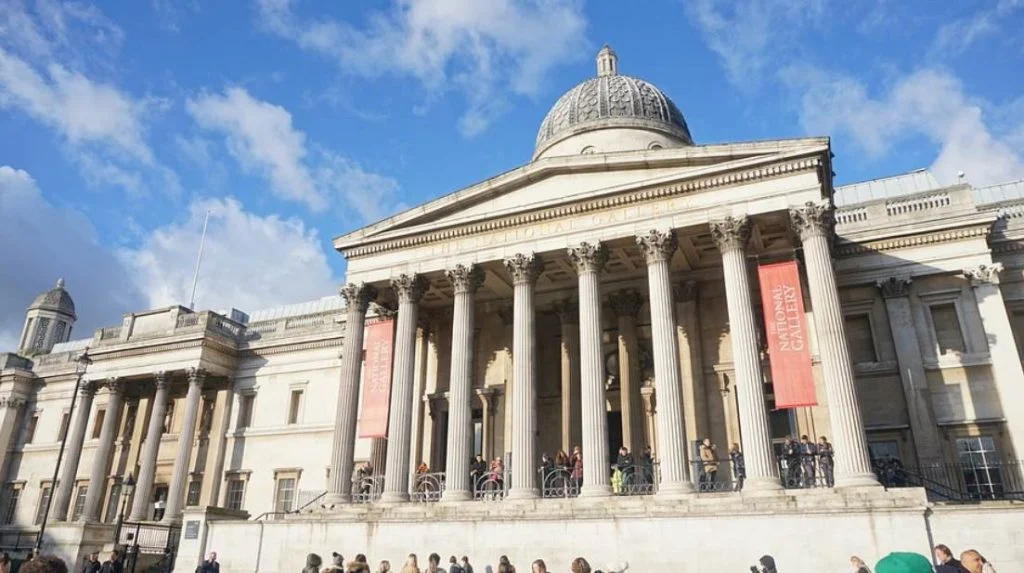Of all the portraits painted by Diego Velázquez (1599-1660), the official court painter of the Spanish Royal family during the 17th century, this is arguably the most important one.
There are several reasons why this particular portrait of Spanish King Philip IV (1605-1665) is such a remarkable painting in the oeuvre of Velázquez, and we’ll explore them in this article.
Let’s take a look at some of the most interesting facts about Philip IV in Brown and Silver by Diego Velázquez.
1. It’s unclear when the painting was completed
The completion of this intriguing portrait of King Philip IV of Spain is somewhat of a mystery.
It’s generally accepted that it was completed in the first half of the 1630s but art historians are still debating about the exact date.
One of the main reasons is that it probably took a couple of years before the Spanish artist completed this painting somewhere between 1632 and 1635.
The evidence for this is the copious amounts of pentimenti in this work. These are earlier images that were overpainted to fine-tune the overall composition or add/change elements.

2. It depicts King Philip IV in an unusual manner
The artist used relatively small brushstrokes to complete this work. This looks a bit awkward from a close distance but it magnificently depicts the costume worn by the king.
The name of the painting, Philip IV in Brown and Silver, is a reference to the remarkable attire that Philip IV wears.

The silver elements of this costume shine through and are the reason why the painting is sometimes referred to as “Silver Philip.”
The king wears a gold medallion that features the badge of the Order of the Golden Fleece, a prestigious chivalric order. He holds one hand on his sword as well.

3. It was probably commissioned to commemorate an important occasion
While Velázquez painted the king with special costumes on other occasions, he was commonly painted wearing black.
Although the commission of this painting is rather vague, we can link it to an important event that took place in 1629.
The king’s son Balthasar Charles, Prince of Asturias (1629-1646) was born in the late 1620s. The important government officials were invited to pledge allegiance to the new prince in 1632.
This event took place at the church of San Jerónimo in Madrid. Contemporary accounts of this important ceremony describe the costume as the one in this painting.
This makes it very possible that the commission for this painting was intended to commemorate this important event.

4. We can see the influence of Velázquez’s trip to Italy
Another remarkable fact about Philip IV in Brown and Silver is that it’s certainly the first portrait that Diego Velázquez painted after he returned from his first trip to Italy.
He traveled to Italy to study the Renaissance paintings by Italian masters. It was King Philip IV himself who sponsored the trip which started in 1629 and which lasted one and a half years.
He traveled all across the country and although little is known about what he saw and who he met, the influence of Renaissance artists on the master of the Baroque era is clear.
This particular painting emphasizes the influence of Venetian painters who used a much lighter color palette than what Velázquez used during his early years.
Regardless of this notion, he remained an individualistic artist throughout his career who mastered both tenebrism and the bolder brushstrokes that define the Baroque era.

5. One particular detail emphasizes the importance of this painting
Because he became the Spanish court painter shortly after he moved from Seville to Madrid, he rarely signed his works.
Whenever he did it meant that he held the painting in high regard. This makes the fact that he signed the petition that the king is holding even more intriguing.
This petition is considered to be the confirmation that Velázquez held the position of “Painter to Your Majesty” and emphasizes his allegiance to Philip IV.
This painting served as the model for subsequent portraits of King Philip IV.

6. It decorated a royal residence outside of Madrid until the early 19th century
Although there aren’t many certainties about the first centuries of this painting’s history, we can positively track its whereabouts based on an accurate description.
Philip IV in Brown and Silver was certainly present at the library of El Escorial from shortly after its completion until the early 19th century.
El Escorial is a historical residence of the Spanish King in the town of San Lorenzo de El Escorial, about 45 kilometers (28 miles) northwest of Madrid.
It’s one of the most stunning Renaissance buildings ever constructed and was declared a UNESCO World Heritage site in 1984.

7. How big is Philip IV in Brown and Silver by Diego Velázquez?
The painting is a life-sized depiction of the Spanish King. It’s, therefore, a relatively big work of art, a notion that makes it even more impressive.
This oil on canvas painting has dimensions of 199 × 113 centimeters (78 × 44 inches).
8. Where is the painting located today?
The painting hung at El Escorial until the year 1809. Napoleon Bonaparte had made his brother Joseph Bonaparte the King of Spain a year earlier, a position he held until 1813.
Here is an overview of the painting’s provenance from that moment onward:
- Joseph Bonaparte presented the work to the future Prime Minister of France, Jean-Joseph, Marquis Dessolles (1767-1828).
- The French statesmen’s daughter sold it to an English art collector named William Thomas Beckford (1760-1844).
- It became part of the collection of Alexander Hamilton, 10th Duke of Hamilton, Beckford’s son-in-law, in 1844.
- The National Gallery in London bought the painting for £6,300 at the Hamilton Palace sale in 1882.
Today, the painting is still part of the collection of the National Gallery in London.

